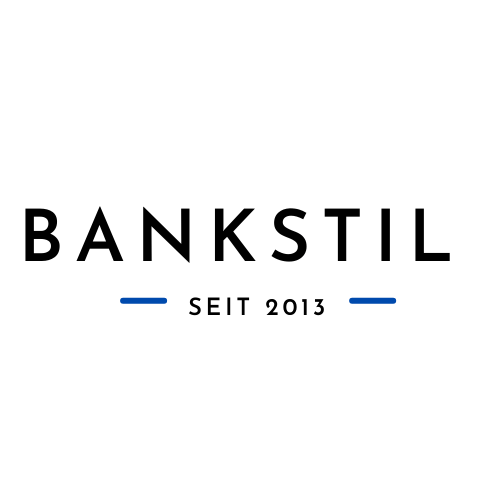Von Ralf Keuper
IOTA hat vor wenigen Tagen sein Standard-Framework für digitale Identitäten (Alpha-Version) publiziert[1]Releasing IOTA Identity Alpha: A Standard Framework for Digital Identity. Das Framework basiert wiederum auf den Standards Decentralized Identifiers (DID) und Verifiable Credentials des W3W-Konsortiums. In dem Whitepaper The Case for a Unified Identity geht IOTA näher auf die Bestandteile des Frameworks ein.
Nicht weniger als das Unified Identity Protocol des Internet soll mit IOTA Identity verwirklicht werden. Mehr noch: Es entstehe eine neue Art von Internet ohne Nutzernamen, Passwörtern und Datenmonopolen. Ziel ist die Schaffung einer unsichtbaren Vertrauensschicht für das Internet.
At IOTA, we are building a Unified Identity Protocol to serve as the invisible layer of trust for the internet. This protocol must be open, scalable and free, so that everyone and everything can enjoy trust as a basic digital right.
Wesentliches Element sind Digitale Identitäten für Geräte (Identity of Things). Schon bald sind Geräte der größte Anwendungsfall für die digitale Identifizierung:
But in the future, devices will be a big part of our day-to-day lives. Devices will be upgraded to become part of the Internet-of-Things (IoT), allowing autonomy and automation. Things will be able to make decisions and transact value and data in a public ecosystem. But they will need to be able to …
References
